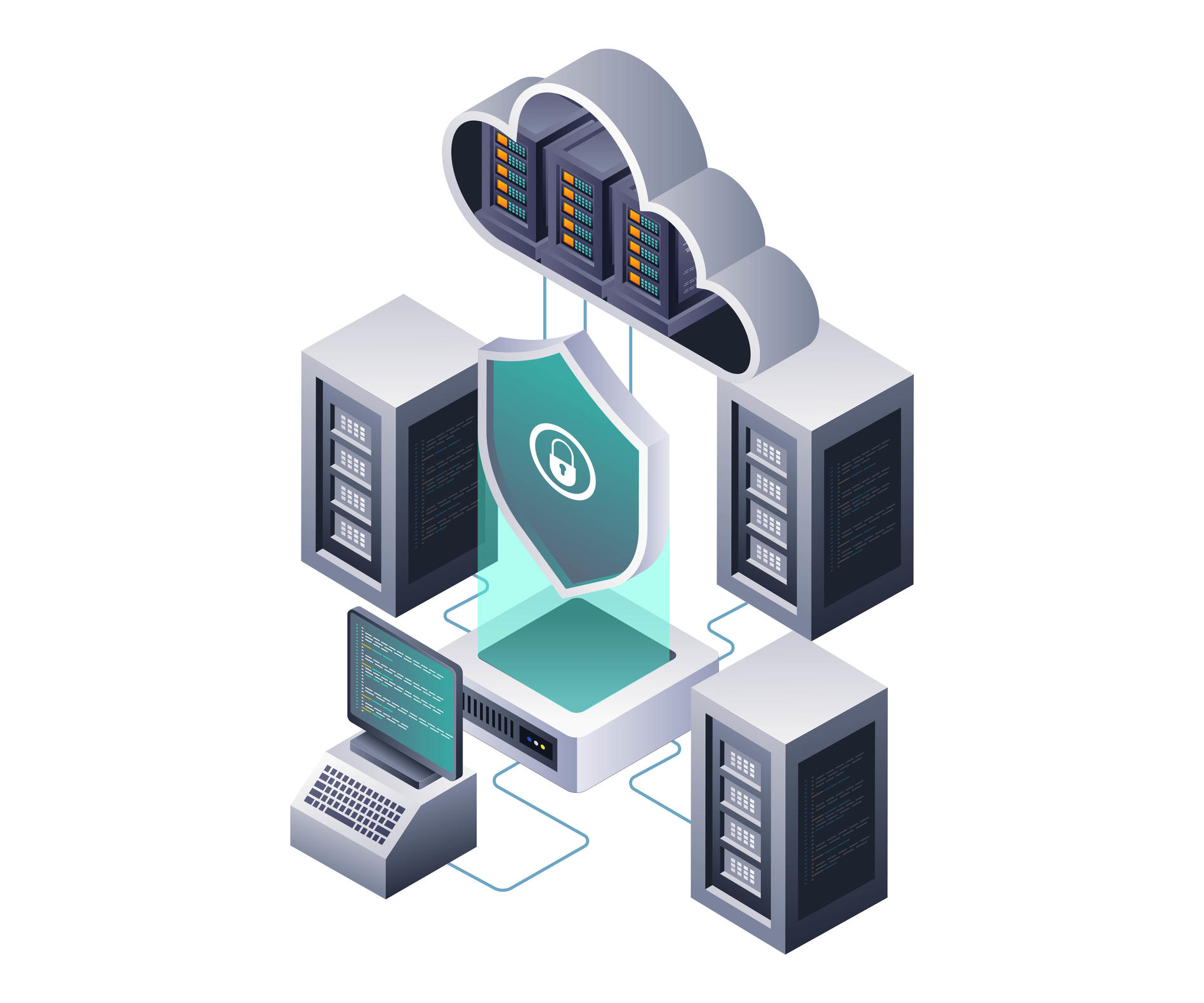The role of MFT and SFTP in an ELT Pipeline
Understanding ELT Pipelines
ELT stands for Extract, Load, Transform, a modern data integration approach that has become the backbone of many cloud-native analytics and data engineering workflows. Here’s a quick breakdown of each phase:
- Extract: Raw data is pulled from various sources—databases, APIs, flat files, or external partners. This data is often unstructured or semi-structured.
- Load: The raw data is then ingested directly into a centralized storage or warehouse. No transformations are applied yet, which allows for quicker and more flexible data intake.
- Transform: Once in the warehouse, data is cleaned, enriched, joined, and reshaped using SQL-based or programmatic transformation tools. This is often orchestrated by modern tools like dbt, Apache Airflow, or Dataform.
Role of SFTP/MFT in the Extract Phase
The extract phase of an ETL pipeline is all about securely and reliably pulling data from source systems. In many organizations—especially those dealing with legacy platforms, third-party vendors, or regulated environments—this phase often starts with SFTP (Secure File Transfer Protocol) or MFT (Managed File Transfer). These technologies serve as robust gateways for moving structured or semi-structured data (CSV, XML, JSON, EDI, etc.) between systems, often bridging the gap between on-premises sources and modern cloud data platforms.
Why SFTP and MFT?- Legacy System Integration: Many legacy applications still output data as flat files. SFTP provides a simple, secure way to extract this data for downstream processing.
- B2B File Exchange: Industries like finance, healthcare, logistics, and retail often rely on SFTP or MFT to exchange files with partners or vendors, due to security and compliance requirements.
- Security and Compliance: SFTP encrypts files in transit, while MFT platforms add layers such as logging, access control, audit trails, and encryption at rest—key for meeting standards like HIPAA, GDPR, and PCI-DSS.
- Reliability and Scheduling: MFT systems offer built-in automation, retry mechanisms, and notification workflows, ensuring data is extracted reliably and on time.
SFTP and MFT aren't just transport mechanisms—they are operationally critical components in environments where data must be moved securely, consistently, and often across organizational boundaries. For many pipelines, the reliability of the Extract phase depends heavily on getting these file transfers right.
Benefits in ETL Context- Decouples data producers and consumers.
- Enables batch data extraction from sources that don’t support direct API/database connections.
- Reduces manual intervention and transfer errors.
- Supports structured, repeatable data exchange workflows.

Integrating SFTP/MFT with ETL Workflows
In many enterprise environments, SFTP and MFT act as the connective tissue between data sources and ETL pipelines. While they’re primarily involved in the Extract phase, their integration with the broader workflow is critical for building reliable, automated, and secure data pipelines.
Key Integration Patterns
- Polling-Based Automation: ETL tools or schedulers check the SFTP/MFT drop zone at regular intervals for new files.
- Event-Driven Triggers: MFT systems can invoke downstream ETL jobs when a file arrives, enabling real-time or near-real-time workflows.
- Checksum and File Validation: To prevent processing incomplete or corrupted files, many setups include checksum validation or “.done” file flags.
- File Archiving and Retention: After processing, MFT platforms or ETL jobs may move files to archive directories for compliance and auditing.